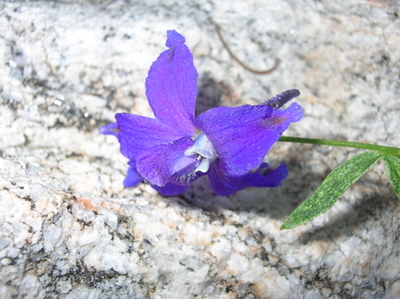Got an e-mail recently from a very interesting fellow who’s just written a book about the chemistry and ecology of synthetic nitrogen fertilizers, and if you haven’t had your fix of ecological chills recently, keep reading. The e-mail arrived in the midst of the Sock Wars, so I scrutinized it with more than ordinary vigilance, as if it might blow up in my face (revealing another face under a large hat, laughing madly), or as if the virus it harbored might bloom suddenly into sock-tossing flowers.
Having eventually decided (using a fool-proof method of one part deduction and eight parts pure guess-work) that the e-mail was legit, I followed the link provided and found myself reading a long and compelling passage about the unintended and dangerous consequences of nitrogen fixation, the basis for nitrogen fertilizers.
The fixation process, which takes nitrogen from the atmosphere (where it makes up 70% of the air we breathe) and incorporates it into compounds, has doubled the amount of nitrogen in and on the earth. When it’s applied to land as fertilizer, some of it is released as gas – and while some of that gas is the same harmless, inert N2 that we breathe all the time, some is now bonded with oxygen, forming the green-house gas nitrous oxide.




 Subscribe to RSS feed
Subscribe to RSS feed


